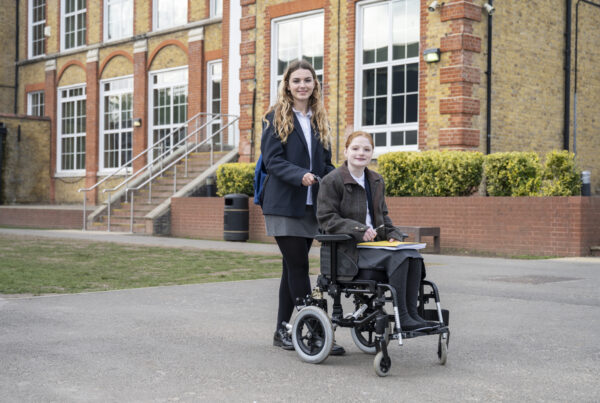
The word emotion comes from the Latin word “emotere,” which means “energy in motion.” The area of the human brain in charge of emotional regulation is called the limbic system, and it is formed during the first year of life, around nine months old. The external part of the brain, the cortex, continues developing until about the age of 25.
During the teenage years, the volatility and intensity of emotions are prominent and change very quickly due to the ongoing process of brain maturation. The cortex of the brain helps control the impulsivity of the emotions of the limbic system.
Each one of us feels at ease in our own circle of safety where we can be who we really are. Life events and situations can trigger us and push us out of our area of emotional comfort. Some triggers can be exams, arguments with parents, friends’ criticism, etc. This creates anxiety, fear, anger, mood numbness, emptiness, and more.
Parents may feel their adolescent child has changed, becoming isolated, withdrawn, or exhibiting emotional explosions of anger, inconsolable crying, increased breathing rate, and tachycardia. Parents can contribute to the expansion of the circle of safety by applying the principles of positive parenting, creating a safe environment where teens can become aware of their emotions, share them, and communicate them appropriately.
Reduce Unnecessary Stress: Whenever possible, reduce unnecessary stress factors that do not contribute to personal development or the development of your children.
Dr Emma Allende
Strategies for Parents
- Create a Non-Judgemental Environment: By offering a non-judgemental environment, teens learn to gradually expand their circle of comfort and push outwards, overcoming their fears.
- Identify Triggers: Help adolescents identify the triggers of their difficult-to-control emotions. Awareness of these triggers provides a point of action and understanding.
- Support Emotional Flexibility: Assist your teenagers in moving between emotional states in a more flexible and supportive way, teaching emotional regulation and preventing rigid responses to stress triggers.
- Be a Role Model: Develop your own emotional regulation tools and skills. You cannot teach what you do not know, so work on improving your emotional regulation for mutual benefit.
Tips for Parents
- Name Your Emotions: Pay attention to your own emotions and name them. This helps in becoming aware of your emotions and their impact on your body.
- Reduce Unnecessary Stress: Whenever possible, reduce unnecessary stress factors that do not contribute to personal development or the development of your children.
- Control Breathing: Pay attention to your breathing when stressed. Slow down your breathing rhythm to help calm down.
- Observe Without Judgment: Pay attention to your teenager’s emotional outbursts and try to understand the underlying reasons.
- Process Emotions: Encourage processing emotions rather than repressing them.
- Offer Compassion: Be compassionate to yourself and your adolescent, recognizing that you both are doing your best with the resources available.
- Reflect on Actions: Reflect on your actions and help your teen reflect on theirs too.
Parents to work on their own emotional regulation
Emotional regulation is a critical skill for teenagers as they navigate the intense emotions and changes of adolescence. Parents play a crucial role in supporting this development by creating a safe, understanding, and supportive environment. By working on their own emotional regulation and guiding their teens, parents can help adolescents manage their emotions healthily and effectively.






